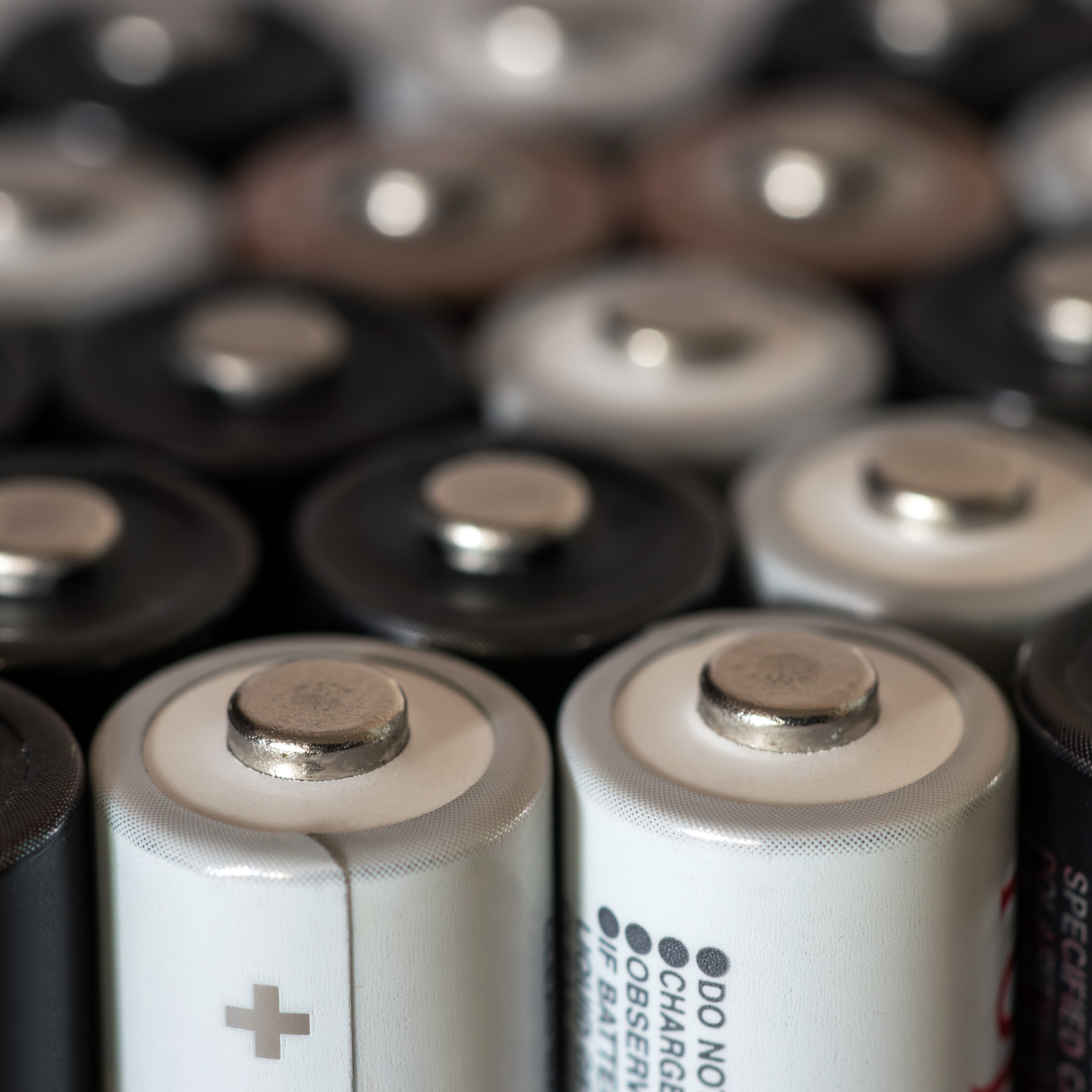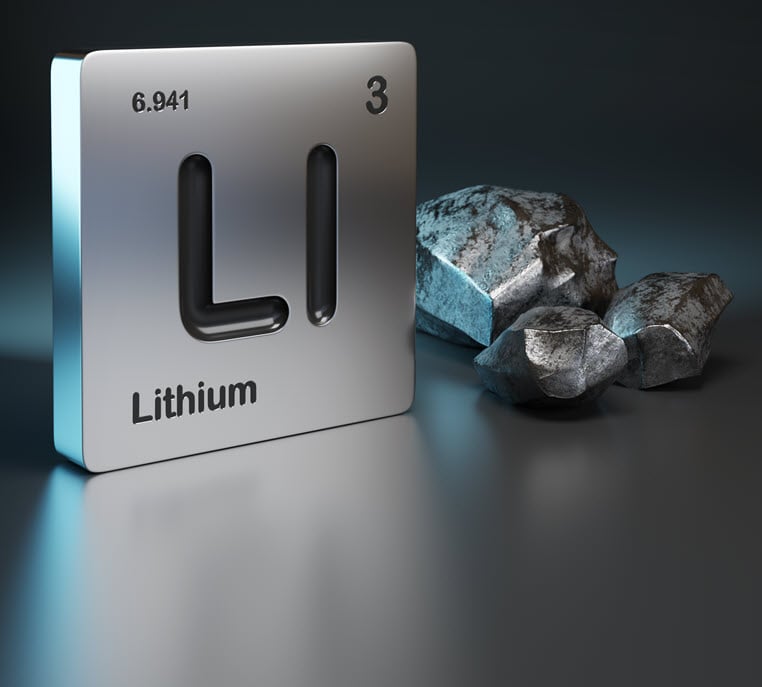- Battery technology is evolving rapidly. Changing chemistries, thrifting and substitution are key risks to the outlook for all battery metals. In these markets, nothing is a certainty.
- China leads a resurgence of low-cost lithium iron phosphate (LFP) batteries. Outside of China, the mass adoption of LFP batteries by electric vehicle manufactures will be delayed until the mid-2020s. However, western automakers remain hesitant to use it in segments outside of small and entry-level models. At the global level, nickel-based batteries will maintain a majority share this decade.
- New cobalt-free chemistries threaten to disrupt the market, but technical challenges pose a risk to wide commercial rollout.
China leads the LFP renaissance
There was a continued rise in the use of LFP batteries last year, led by China. This resurgence has been driven by battery material costs and advances in battery electric vehicle (BEV) technologies pioneered by Chinese manufacturers. In 2022, 52% of Chinese BEVs, on a GWh basis, carried a LFP battery. Western automakers are increasingly designing it into their value offerings. An early example is the Standard Range Tesla Model 3.
While LFP’s energy density is its main weakness – 35% lower than NMC (nickel, manganese and cobalt) 811 – it offers up to five times the cycle life, and cathode active material (CAM) costs are currently ~50% lower. High-nickel NMC batteries also require more sophisticated thermal management systems which add to costs.
LFP is favoured by Chinese producers due to its lower cost. While previously considered an inferior chemistry, Chinese BEV and battery producers, such as BYD, have pushed the technology to new levels. Very little has fundamentally changed on the chemistry level, but technical improvements in cell and pack design have enabled state-of-the-art LFP batteries to rival nickel-based batteries at the pack level and have unlocked LFP’s suitability for larger vehicles.
BYD has discarded battery modules, instead using space-efficient ‘Cell-to-Pack’ or ‘Cell-to-Body’ configurations in combination with long-format ‘Blade’ battery cells, lowering costs and weight. This design has even enabled a 100 kWh LFP battery pack, previously considered unfeasible in a passenger car application.
More OEMs will follow and the case for LFP batteries is strengthening. Based on the OEMs that have committed to it, CRU calculates that 25% of BEVs by 2030 will use LFP in some form of module-less configuration in combination with long-format cells. It is worth considering that these configurations pose concerns surrounding serviceability and recyclability. These configurations can also be applied to nickel-based batteries. However, they are an enabler for LFP’s use in mainstream vehicle segments.
LMFP and LNMO offer a third way
New cobalt-free chemistries are under development, such as lithium manganese iron phosphate (LMFP) and lithium nickel manganese oxide (LNMO). We expect these to become more commonplace from 2025 onwards.
Yet, even if this becomes the case, not all OEMs would be able to quickly transition to another chemistry without labouring through the multi-year qualification and development process. Tesla and Chinese OEMs are proven to have rapid turnaround and are better able to make design changes in the middle of vehicle model cycles, which are typically around seven years outside of China.
The LMFP variety is coming to the market in 2023. The addition of manganese and the higher operating voltage translates to a 22% increase in energy density. Manganese is an excellent stabiliser and today trades at relatively low cost. CATL and BYD are likely to be first adopters and, theoretically, LMFP batteries could rival medium-nickel NMC in terms of range while maintaining the durability of LFP at lower cost.
LNMO batteries could further disrupt the market. High-voltage spinel LNMO is a manganese-rich cathode. It has a higher nominal operating voltage and offers rapid charging. Theoretically, the technology offers the best of both NMC (i.e., high energy density) and LFP (i.e., cheap raw materials). LNMO batteries require 55% less nickel, 40% less lithium, and no cobalt.
Although several OEMs and cell manufacturers intend in their long term roadmaps to eliminate cobalt and move to a manganese-rich chemistry, technical challenges have prevented wide commercial rollout of LNMO on the cell level. Among these, a novel electrolyte is needed to withstand the high voltage window.
There is therefore a significant downside risk to the forecast for LNMO which could push its expected commercialisation date (currently 2025) into late-decade where it may be enabled by its use in combination with solid-state electrolytes.
Also within the high-manganese category is lithium-manganese-rich (LMR). Its path to production is as of yet unclear but it has the potential to make a presence in the European battery supply chain.
A high-nickel variant in the cobalt-free category, initially known as ‘NMX’, is already commercialised, although it has vastly different characteristics. It has a layer structure, a similar voltage to NMC, and 75% nickel in the first iteration. It is still in the early rollout phase as SVOLT and Great Wall Motors observe the performance of NMX batteries in the real world but could grow to prominence as several other manufacturers include high-nickel cobalt-free cells in their roadmaps.
High-nickel batteries are here to stay
Nickel and cobalt containing cathodes made up around 68% of battery demand from BEVs in 2022 and, although this has fallen sharply from a high of 93% in 2020, they remain the cathode of choice for manufacturers operating in markets with high expectations for performance and driving range.
Nickel-based batteries continue to evolve. Higher nickel content delivers higher energy density and longer driving range, while other elements, such as cobalt, ensure the stability and longevity of the cell. NMC cathodes have undergone substantial development since their first use in 2011, gradually increasing nickel content in each iteration.
Although the early super-high-nickel cells suffered from safety issues, improvements in thermal management, battery design, and cell manufacturing processes have today pushed the feasible envelope to 90% nickel. There are plans for further increases beyond this, although we have yet to apply placeholders in the forecast until their feasibility is proven.
Cathode technology will determine growth path of battery metal markets
Our demand forecasts for lithium, nickel, and cobalt have been dampened by the optimistic outlook for less material intensive cathodes such as LFP, LMFP, and LNMO. We forecast these cathode chemistries will become more commonplace on the global level in the second half of the decade.
The automotive market is set to be bifurcated with higher end BEVs carrying nickel-based batteries and lower end vehicles more suited to cost-effective LFP batteries.
CRU expects that LFP will continue to see a majority share of the Chinese market in the medium term, although its room for growth is approaching saturation. Outside of China, nickel-based cathodes will continue to see a majority share through the medium-term outlook.
The reason for this is that many OEMs are targeting mid-size (i.e., ‘C and D’ segment) vehicles and increasingly shifting their price point upmarket to maintain profitability. This is causing hesitancy about using LFP batteries in more than just entry level models.
Yet extrapolating this assumption into the long term would be risky; price parity with ICE vehicles for the small BEV segments (i.e. ‘A and B’) will eventually be achieved, and the shrinking of these segments in Europe will leave a vacuum that Chinese OEMs, with their cost advantages, could fill.
The pipeline for LFP battery cell, active material, and precursor plants in Europe and North America is underdeveloped. This could act as a barrier to LFP’s expansion outside of China.
Battery rightsizing is another pathway to material thrifting and will change demand growth patterns in battery material markets. It could even impact chemistry selection in future, possibly favouring LFP’s suitability for smaller batteries.
Yet, this will not be a significant trend in the short term. In times of production constraints, OEMs have increased prices and prioritised high-margin, large-battery vehicle variants. The few that have introduced extreme battery rightsizing suffered disappointing sales as consumers opted for competitors with longer ranges, even if they are aware that a smaller one would suffice for their daily needs.
CRU forecasts that average battery sizes will plateau and then fall towards the end of the decade as pack sizes reach a point where ranges are sufficient for most drivers, public charging networks improve, and various cost and legislative pressures necessitate rightsizing.
Anode technology is the next frontier for energy density and fast charging
Much of the developments to improve battery cost and performance have been focused on the cathode but these are yielding diminishing returns as physical limits are approached in conventional lithium-ion chemistries.
The anode is, on the other hand, the next development frontier for energy density and fast charging. Efforts are being made to replace graphite as the incumbent anode material with various forms of silicon, and later lithium metal.
Crucially, the silicon-based technologies are compatible with the manufacturing processes of conventional lithium-ion cells and ‘drop-in’ add-ons could accelerate adoption of silicon-dominant anodes. Some of the technical challenges for silicon-dominant anodes are close to being overcome.
We do not expect lithium metal anodes to play a large role in the light vehicle market in this decade, but they are initially intended to unlock the use of battery-electric propulsion for other applications such as aviation and heavy duty vehicles.
Scenario planning and business intelligence will be vital
Further changes in battery chemistries, and the raw materials they need, will be driven by bottlenecks and supply chain challenges in raw material markets. The faster BEV demand grows, the higher this could push battery metal prices and encourage thrifting.
Huge investments into raw and processed material supply are needed. However, technology changes, thrifting, and substitution are all key uncertainties for battery metals.
Care is needed when forecasting; without it, unrealistically bullish forecasts are inevitable. Impartial scenario planning and data-backed decisions will be vital to minimise their exposure to risk in the ever-changing battery market.
Look out for the second part of our insight, on how battery material supply chains are driving changes in battery chemistry and vice versa.















